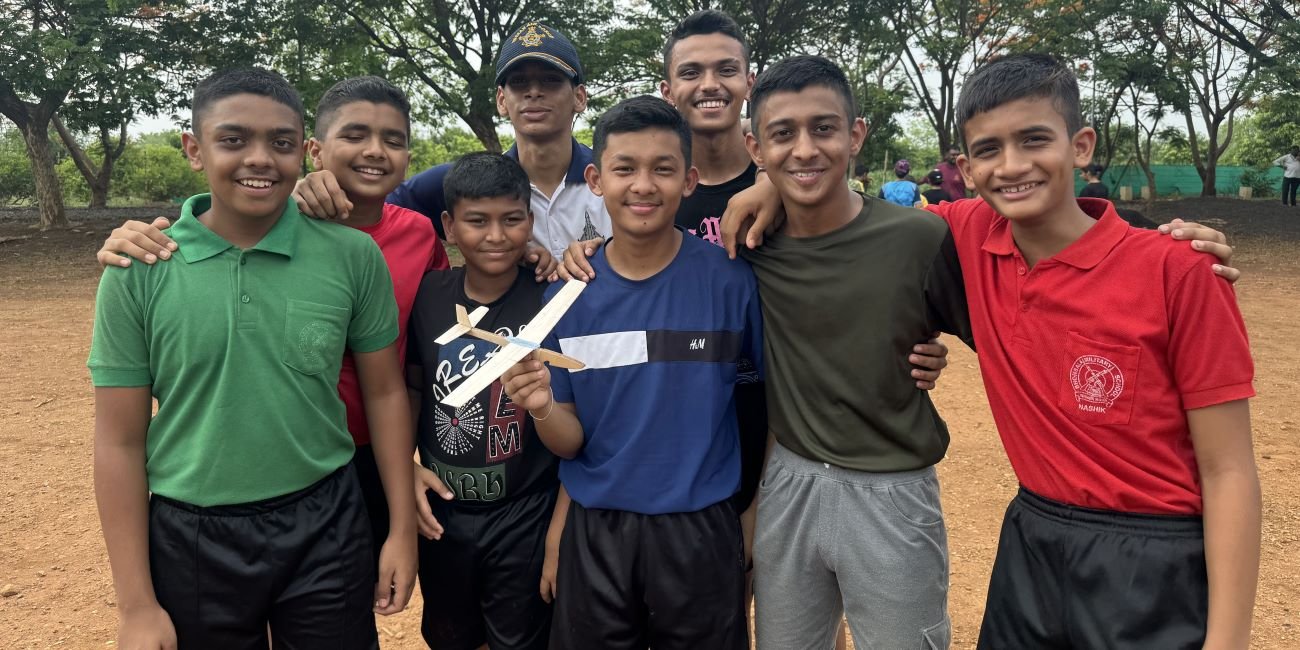For NCC (National Cadet Corps) cadets, the journey from hobbyist to champion involves discipline, dedication, and the mastery of various skills. One unique and effective training method is the use of balsa wood aero models. These lightweight, versatile models serve as excellent tools for developing an understanding of aerodynamics, engineering principles, and practical flying skills. Here, we explore how NCC cadets can harness the potential of balsa wood aero models to enhance their training and progress from hobbyists to champions.
The Educational Value of Balsa Wood Aero Models
Balsa wood aero models are not just toys; they are sophisticated tools that offer significant educational value. For NCC cadets, working with these models provides hands-on experience in aerodynamics, flight mechanics, and basic engineering. Building and flying balsa wood models helps cadets understand the principles of lift, drag, thrust, and stability. This knowledge is crucial for any aspiring aviator or engineer and serves as a solid foundation for advanced studies and practical applications.
Building Skills through Model Assembly
The process of constructing a balsa wood aero model is a meticulous and rewarding endeavor. For NCC cadets, it develops precision, patience, and attention to detail. Starting with a kit, cadets learn to read and follow detailed instructions, measure and cut materials accurately, and assemble components with care. This process hones fine motor skills and fosters a disciplined approach to tasks.
Moreover, cadets gain an appreciation for the importance of craftsmanship and the value of incremental progress. Each step, from gluing the frame to attaching the control surfaces, requires careful execution. By building these models, cadets learn that success is achieved through a series of deliberate, well-executed actions, a lesson that applies to many aspects of life and training.
Enhancing Aerodynamic Understanding
Flying balsa wood aero models provides NCC cadets with a practical understanding of aerodynamics. Observing how different designs and adjustments affect flight performance teaches cadets about the relationship between form and function. They can experiment with wing shapes, control surface settings, and weight distribution to see firsthand how these factors influence flight stability and maneuverability.
This hands-on experimentation is invaluable for developing problem-solving skills and a deeper comprehension of aerodynamic principles. Cadets can test theories, make modifications, and observe outcomes, reinforcing their learning through real-world applications. This experiential learning is far more impactful than theoretical study alone.
Developing Flight Skills
Flying balsa wood aero models is not just about understanding aerodynamics; it’s also about developing practical flying skills. For NCC cadets, controlling these models improves hand-eye coordination, reflexes, and spatial awareness. The act of launching, navigating, and landing a model aircraft requires precise control and quick decision-making.
These skills are directly transferable to piloting larger aircraft or engaging in other activities that require fine motor skills and coordination. Regular practice with model aircraft can significantly enhance a cadet’s confidence and competence in handling real-world flying scenarios.
Fostering Teamwork and Collaboration
Aero modeling can also be a collaborative activity that fosters teamwork among NCC cadets. Working together to build and fly models encourages communication, cooperation, and collective problem-solving. Cadets learn to share responsibilities, leverage each other’s strengths, and support one another through challenges.
Group projects, such as designing and building a model for a competition, help cadets develop leadership skills and a sense of camaraderie. These experiences build strong bonds and prepare cadets for future teamwork in various military and civilian contexts.
Preparing for NCC Competitions
For those aiming to compete, balsa wood aero modeling competitions offer an excellent platform to showcase skills and gain recognition. Competitions test cadets’ abilities to design, build, and fly models that meet specific performance criteria. Preparing for these events requires rigorous practice, meticulous attention to detail, and innovative thinking.
Competing at higher levels also exposes cadets to advanced techniques and cutting-edge technologies in aero modeling. It provides opportunities to learn from peers, receive feedback from judges, and continuously improve their skills. Success in these competitions can be a significant morale booster and a stepping stone to greater achievements in the field of aviation and beyond.
Conclusion
The journey from hobbyist to champion for NCC cadets involves a blend of technical skills, practical experience, and personal growth. Balsa wood aero models serve as an effective training tool, offering hands-on learning and a platform for developing crucial skills. Through building, flying, and competing with these models, cadets gain a comprehensive understanding of aerodynamics, enhance their craftsmanship, and improve their flight skills.
Moreover, the collaborative nature of aero modeling fosters teamwork and leadership, preparing cadets for future challenges. Whether aiming for competitive success or personal development, NCC cadets can significantly benefit from integrating balsa wood aero models into their training regimen. This approach not only enhances their technical proficiency but also instills a deeper appreciation for the art and science of flight.



Leave a Reply